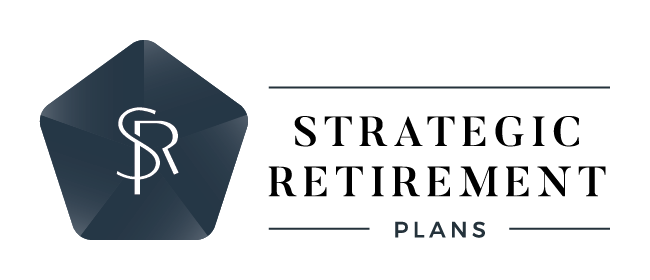Saving for retirement can be done in a variety of ways. Some people have a 401k or pension setup with an employer, but the most popular way for an individual to save for retirement is with an “IRA”. Today we want to take a high-level look at an IRA and answer a few common questions. We’ll also see how some of the new tax laws can impact how an IRA can be utilized. Let’s dive in!
First, an IRA stands for “Individual Retirement Account”. Contrary to what some believe, an IRA is not an investment, but rather, it is the account that houses savings and investments in a way that provides significant tax savings. Individuals contribute to an IRA throughout their careers in preparation for retirement. There are benefits in either the way one contributes to an IRA or in the earnings that can come from an IRA depending on what type of IRA is selected. There are many different types of IRA that can fit the unique situations of different individuals. These include:
- Traditional IRA
- Roth IRA
- Simplified Employee Pension (SEP) IRA
- Nondeductible IRA
- Spousal IRA
- Simple IRA
- Self-directed IRA
Each of these can have different benefits that provide solutions for your unique retirement savings needs.
The most popular types of IRA are a Traditional and a Roth IRA. The primary features of a Traditional IRA are upfront tax savings in both contributions and earnings. Since contributions are typically deductible, you can lower your taxable income, and the investment earnings are not taxed as long as the money is in the account. Withdrawals, however, are taxed at your current tax rate when the withdrawal occurs. The idea here is, many retirees will be in a lower tax bracket than they were in their peak earning and saving years, and therefore, be taxed less when they need the funds. This is of course assuming the withdrawals are after age 59 ½. Any withdrawals before that time would result in a 10% early withdrawal penalty. Also, you must begin taking distributions after age 70 ½. A Roth IRA runs counter to the traditional, in that the tax savings are on the back end rather than the front. Contributions into a Roth IRA are not tax-deductible, but the withdrawals are. You can also withdrawal from a Roth IRA anytime without a penalty. There are also no required distributions at a particular age. Both a Traditional and a Roth IRA avoid taxes on the earnings while in the account.
While the Tax Cut and Jobs Act of 2017 brought many changes to investors, the primary change for how it can impact your IRA is in the recharacterization of Traditional IRA assets converted to a Roth IRA. Prior to 2018, conversions from traditional IRAs to Roth IRAs, and qualified rollovers from employer-sponsored retirement plans to Roth IRAs, could be recharacterized, in whole or in part, back to traditional IRAs. This rule allowed a taxpayer to change his/her mind about the transaction, avoiding tax on part or all of the conversion or qualified rollover amount by recharacterizing the assets as traditional IRA assets. Beginning with taxable year 2018, recharacterization of conversion and qualified rollover assets will no longer be allowed. However, regular contributions that are made to traditional and Roth IRAs will continue to be eligible to be recharacterized if the recharacterization is done before the taxpayers’ tax filing due date.
Each type of IRA brings unique terms and conditions related to what income brackets are allowed to contribute and how much they might be taxed. The best course of action is to work with a financial advisor to help understand which type of IRA fits best into your overall unique financial plan. The advisors at Strategic Retirement Plans will help you take a holistic look at all areas of your financial plan and help determine which IRA strategy is best for you. Give us a call today and let us be your stewards for a complete retirement!



